Ask nearly anyone around the world to mention a luxury watch and almost without a doubt the first and probably only response you’ll get is “Rolex.” Started by a German man in England at the turn of the 20th century (who later moved operations to Switzerland), Rolex is easily among the most important names in wristwatches.
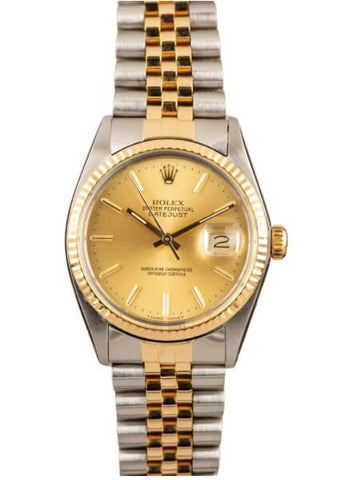
The brand Rolex is not just relevant, but a leader, today because of its decades-long marketing strategy which positioned Rolex products not as mere tellers of time, but as trophies worn by winners. The luxury watch manufacturer remains distinctive as a brand because it puts equal efforts into improving its products as it does refining its image. Rolex is accordingly rewarded by consistent demand both from timepiece enthusiasts as well as mainstream consumers who want a readily identifiable icon of status worn prominently on their personage.
But what exactly has made the Swiss house such a powerful force in the world of timepieces? To find out, I went over some of the Rolex basics to provide an understanding of why the brand is as coveted today as it was over a century ago.
The Men's Watch Rolex Founder
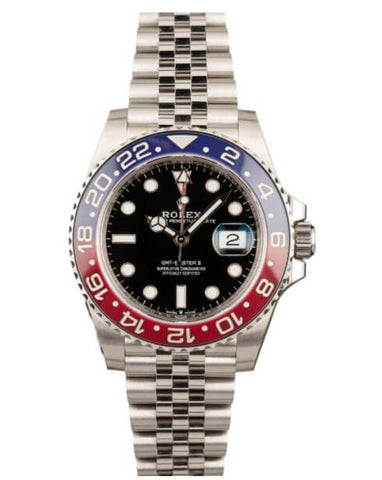
More so than any other luxury watch brand today, to understand Rolex you must first understand its founder, Hans Wilsdorf. Mr. Wilsdorf died in 1960 and left no heirs, yet his name lives on today in the Hans Wilsdorf Foundation, which runs Rolex and sister brand Tudor. Wilsdorf conceived one of the most complex and genius financial business models ever, which resulted in the Rolex we know today. In short, the company is owned by a non-profit foundation and technically isn’t trying to make money. It reinvests most of its earnings and takes steps to create business stability through distribution of risk (jewelers who carry the watches take most of the risk) and manufacturing control. This means that Rolex is like something between a small country, bank, and manufacturing company.
This business model freed Rolex from short-term-minded shareholders, ensured high levels of marketing investment, and gave impetus for the technical teams at Rolex to keep making their class-leading products better and better.
What MakesThe Men's Watch Rolex So Desirable?
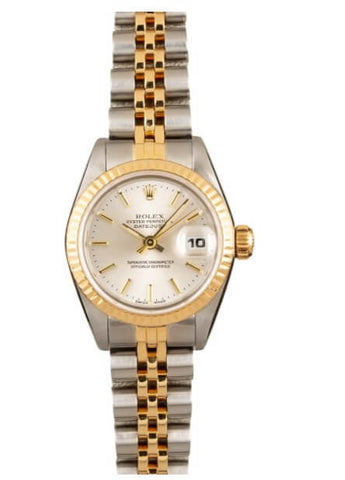
Recent studies show Rolex having among the highest emotional connections with consumers. The company has vertically integrated itself over the years, meaning that almost everything imaginable required to design, prototype, manufacture, assemble, test, and service watches can be done in-house at Rolex. It is a company that thrives on total control of its process – and no one does it better than Rolex. There is actually a name for this principle and it is mentioned frequently at the brand’s Geneva headquarters: “The Rolex Way.” This philosophy has driven the brand to continually make its watches better even though the market, for the most part, no longer demands mechanical innovation.
In the world of fashion, Rolex transformed the definition of men’s jewelry. By the mid-20th century, no longer was it defined as precious metals and stones. Instead Rolex marketing campaigns showed its models wearing Rolex watches while taking on demanding tasks like deep-sea diving, ascending a mountain, piloting commercial airlines around the world, or breaking speed and performance records. Through this Rolex made high-end sports watches, in addition to the business watch, a consumer category.
Look no further than the Submariner for proof. The brand’s most popular model has become a hit with timepiece enthusiasts and is an example of how far sport watches have come.
Just How Good Are Rolex Watches?
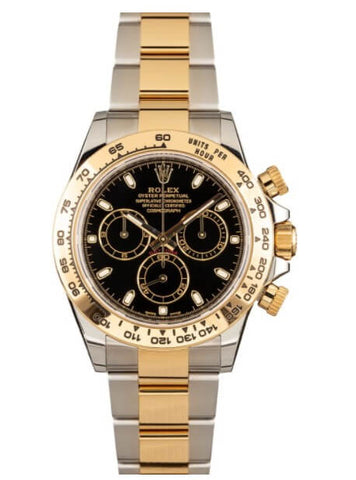
Rolex products are very, very good, but owning a Rolex doesn’t mean you are a watch collector. Rolex is a best-of-breed product that an obsessive-compulsive can fawn over for its ability to impress your eyes when small details are viewed under magnification. Rolex has mastered the art of case polishing and solid, long-lasting construction. It is common, if not expected for Rolex watches to serve their owners reliably for decades with moderate levels of service. You can think of a Rolex watch like a tank finished by a jewelry polisher.
Many people like Rolex because its products function similarly to a stable currency. Simply put, among luxury timepieces no other watch brand is able to consistently keep such respectable values on the secondary market. This has as much to do with the proprietary craftsmanship involved in each timepiece as it does Rolex’s marketing strategies. It’s been said that you can trade your way home from anywhere in the world with a Rolex watch.
What Are Some of the Most Popular Rolex watches?
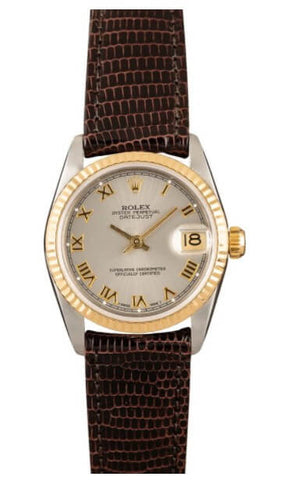
As a watch brand, Rolex products are distributed into a few traditional families with new product families debuting at increasingly rare intervals. On a global level, the most popular Rolex family is the Datejust. While not all watches in the Datejust family are styled this way, the Datejust is the watch that popularized what has become known as a “fluted bezel.” Originally designed to help the Oyster-style case screw together to keep water out, the polished gold ridges — which play with the light on fluted bezels — are a hallmark design of many Rolex models.
Up a level from the Datejust is the Day-Date, commonly known by its now-official nickname the “President.” The Day-Date is a model Rolex exclusively produces in all-18k gold or platinum.
One of the most universally recognized Rolex watches is the Daytona, officially called the Oyster Perpetual Cosmograph Daytona. This is Rolex’s only traditional chronograph watch, and it began life as a timepiece to help interval and lap-timing during automobile races. The Daytona name was later added in reference to the racetrack of the same name in Florida.
To this day, Rolex is a sponsor of the track itself and races that occur on the track. In many ways, Rolex maintains its strong legacy with motorsports by sponsoring today’s most important racing and car-enthusiasts events.
Other Rolex watches that touch on vigorous sporting activities include the Submariner and Sea-Dweller collections, designed to be used deep underwater; the GMT-Master II and Sky-Dweller, designed to be used while flying a plane across continents; and the Explorer, designed to survive the frost at the top of Mount Everest.
How Much Do Rolex Watches Cost?

The starting point for a men’s Rolex watch is currently in the $5,000 range. From there the prices go up, with most Rolex stores carrying watches that sometimes exceed $100,000. The average price for an all-gold Rolex is around $35,000 — not including precious stones like diamonds (which Rolex also sets in-house with their own meticulously selected stones). A Rolex Oyster Professional sports watch not produced in an entirely precious metal will normally cost between $8,000 and $15,000.
Should a Rolex Be My First Luxury Watch?

Rolex is a brand with a very high degree of consumer satisfaction, but, like any other watch, the best results come from purchasing a timepiece you personally want to wear and aesthetically enjoy. Of course, people simply looking for a prominent status symbol can go out and immediately enjoy their purchase by buying a Rolex.
However, if you haven’t yet become a timepiece collector but think you’d like to, waiting to purchase a Rolex can ultimately be more rewarding. Rolex does make a superior product in many small ways compared to its competitors. It’s unlikely, however, novice watch collectors would notice these differences. To appreciate a watch as finely made as a Rolex, seasoned experience is often a prerequisite.
When getting started with a watch collection there is accordingly no rush to acquire your first Rolex. It should come as a result of having tried a fair number of other watches. If you end up enjoying a particular member of the Rolex family, it will be because you know in all the ways it is the exemplary choice.
You may interested in:
How To Buy A Men's Watch In 2020
Everything About Dive Watch
Brands of men's watches


